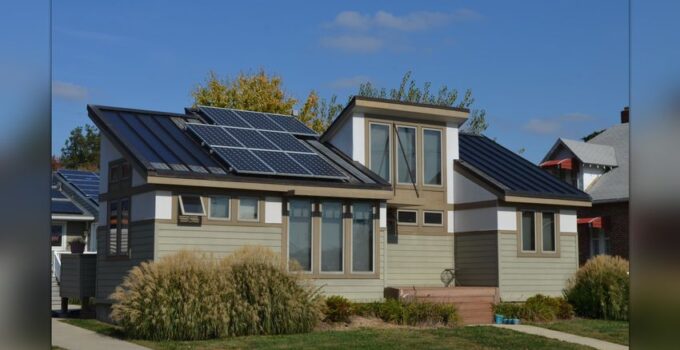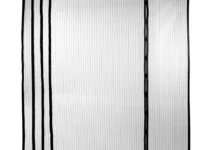Sustainable energy meets our needs without compromising the environment or the needs of future generations. Instead of using fossil fuels like coal to generate electricity, we use renewable power sources including solar power from the sun, energy from the wind or waves, hydroelectricity, biomass, biofuels (including biodiesel), and geothermal power.
There is just one caveat. People often use the terms sustainable energy and renewable energy interchangeably. But in reality, while renewable energy sources are sustainable, not all sustainable energy sources are renewable.
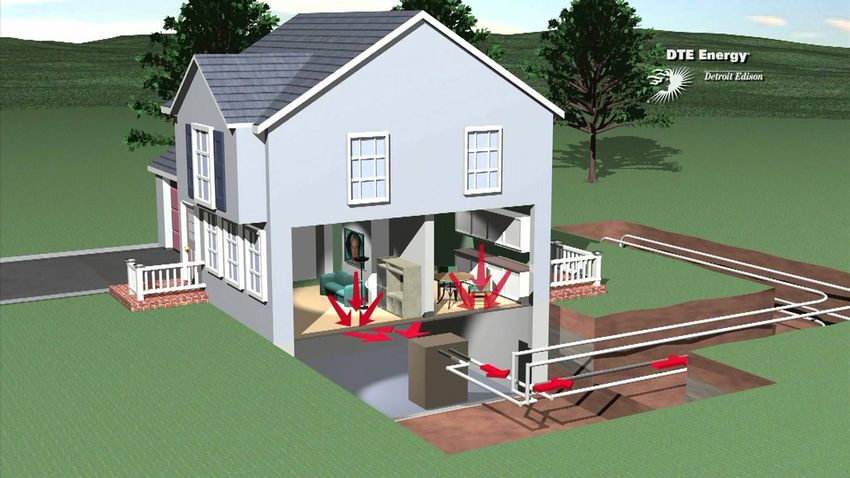
source:androscoggincounty.co
Ultimately, sustainable energy enables us to protect the environment, help to conserve our resources, and generally improve the long-term prospects of the planet. The power generated must be naturally replenished, and technologies should improve energy-efficiency. If energy sources cannot be recycled or reused, they are not renewable! And this applies not only to fossil fuels but to oil and natural gas as well.
So, how can homeowners do their bit to ensure that their energy usage is both renewable and sustainable?
Page Contents
First Ascertain Your Sustainable Energy Needs
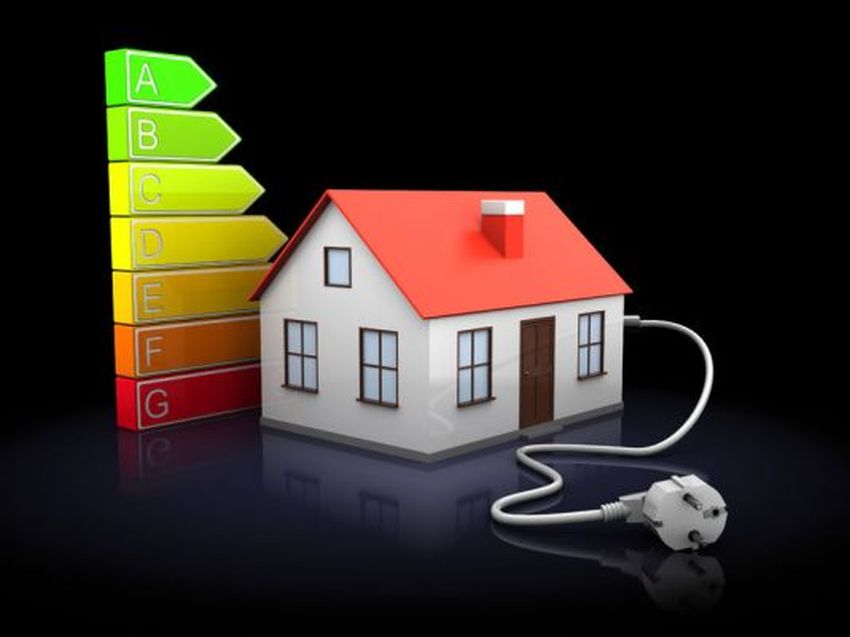
source:smart-energy.com
The first step is to analyze your current energy use and then decide, within the context of local codes and regulations, what type of renewable energy system you can switch to. If you are building a new home, work with your architect and a professional company that specializes in mechanical engineering services, like NY-Engineers, to design a system that uses either solar, wind, hydropower or a small hybrid system that utilizes wind and solar.
In many areas, you will be able to operate a system on the electric grid, but you might prefer to operate off the grid entirely.
The U.S. Department of Energy suggests analyzing your electricity loads to determine:
- Your energy needs, bearing in mind that these fluctuate day-to-day, from season-to-season, and throughout the year.
- The size and cost of a new renewable energy system.
- Establish what you can do to reduce your current electricity use.
All these factors are inter-dependent, but an electrician or engineer will help to conduct a load analysis for you. It will involve recording the daily use of electrical devices and appliances and recording the wattage used. Since some appliances only use electricity intermittently, you’ll have to multiply the wattage of these by the number of hours they are used every day, or every week. If the appliance doesn’t show the wattage, you’ll have to multiply the amperes by the volts.
This might sound tedious, but it is the best way to establish the best system which is as small and inexpensive as possible for your personal needs.
Local Codes & Requirements for Renewable Energy at Home
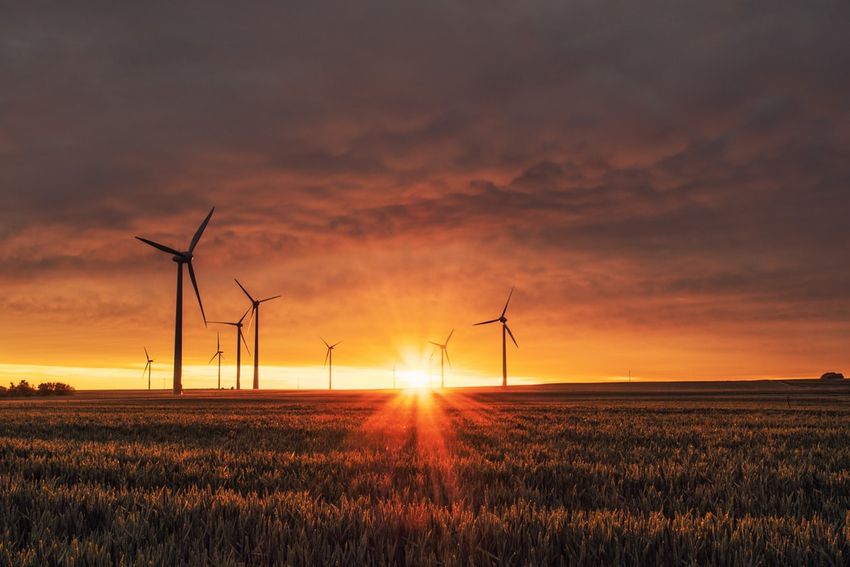
source:unsplash.com
Different countries, and in the U.S. different states and even cities, have their own codes and regulations that affect the types of renewable energy systems that are allowed in homes and buildings in general. These also determine whether you are permitted to connect the system to the electricity grid or whether you need to have a system designed that can be used as a stand-alone system.
- Building codes incorporate numerous different standards and the system you opt for is likely to have to comply with a variety of electrical and/or plumbing specifications that are part of the code. Some states might issue a variance from the code or a conditional-use permit. It’s essential that you check and ensure compliance before investing in a renewable energy system of any sort.
- Local ordinances and covenants are applicable in some communities. These specify what homeowners may and may not do with their property, and sometimes prohibit the use of renewable energy systems particularly if they are noisy or not aesthetic in appearance. On the other hand, they may allow renewable energy systems but within specified parameters and in accordance with certain rules and regulations. Homeowners’ associations also sometimes have regulations.
- Easements are permitted in some states, in which case structures that block any renewable resources that are necessary for renewable energy systems to operate are not permitted.
Stand-Alone or Systems That Connect to the Grid
While there are admittedly many technical differences between the two, one of the attractions of renewable-energy systems is that you can sell the power you don’t need back to your power provider. Even if you aren’t always able to produce all the power you need, you will, at the very least, reduce the amount of conventional power required, and in this way save money.
Systems that are connected to the grid incorporate balance-of-system equipment that allows the safe transmission of electricity to your home. Typical elements include meters and instrumentation, safety equipment, and power conditioning equipment.
Stand-alone systems rely on batteries and charge controllers, amongst other things, as well as the elements mentioned above. They are particularly useful in remote areas.
Renewable Energy Technology
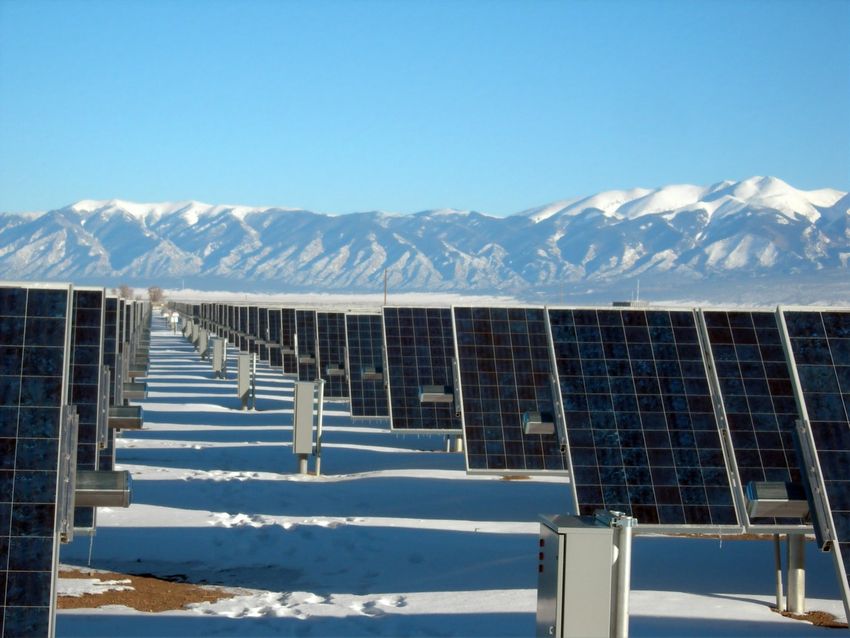
source:unsplash.com
The various types of renewable-energy technology mentioned earlier include small solar, wind, hybrid, and micro-hydro power systems. They can all be used on their own to achieve sustainable energy at home, or they can be combined with existing fossil fuel systems. In all instances, the professionals you work with will help to ensure you are able to make decisions based on:
- The availability of renewable energy resources.
- General economics and the costs involved.
- The best site for the system.
- The best size of the system design.
- The codes and regulations that must be considered.
- Various installation and maintenance considerations.
Briefly, this is what the four technology options offer:
- Small solar electric systems, including photovoltaic systems, are generally reliable, pollution-free options. Small photovoltaic systems in particular offer a cost-effective power supply that is both sustainable and inexpensive. It is a great option in areas where conventional power lines cannot be accessed.
- Small wind electric systems, which are definitely one of the most cost-effective renewable-energy options for homes. They can also be limited to specific uses, for example, to pump water on farms or in rural areas.
- Small hybrid solar/wind electric systems that are remarkably versatile because they can access power from either the wind or sun, which have different peak operating periods.
- Micro-hydropower systems, which are able to generate as much as 100 kilowatts of electricity – enough for larger homes and even small resorts.
Whichever route you choose, renewable power saves money, reduces pollution, and increases energy security. So what’s stopping you switching to sustainable powerin your home?

